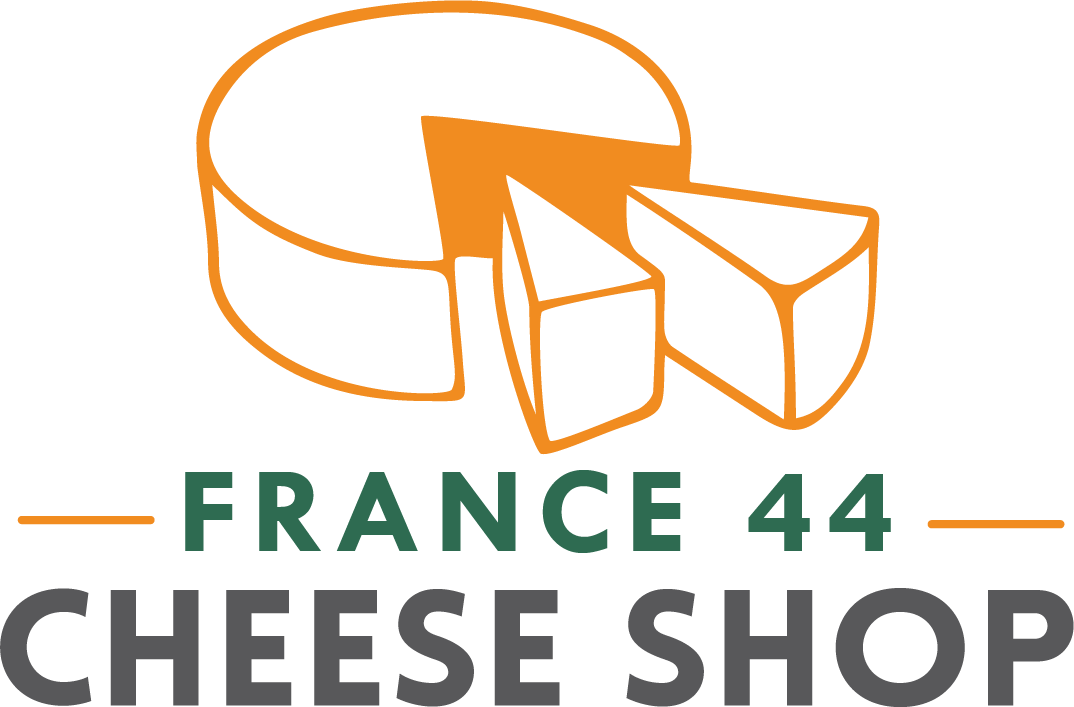by Austin Coe Butler
It often surprises customers that cheddar cheese is named after a place. The village of Cheddar, in the southwestern county of Somerset, England, did give its name to the cheese, and it is a great place to make Cheddar cheese, not least of all because it sits at the mouth of the sublime Cheddar Gorge, whose limestone composition has disintegrated over millennia to create baffling complexes of caves and crannies—moist, dark, damp places in which to age cheese. What really gets customers though is that cheddar isn’t just a noun–that is, a thing or a place–but a verb, an action.
To “cheddar” a cheese refers to a specific process cheddar cheeses used to undergo. “Cheddaring” is the stacking and flipping of sheets of curd on top of one another until a desired consistency and acidity are reached. During this time, the curd “knits” together and stretches while the weight of the cheese expels more whey. Once the sheets of curd have reached the elasticity of, and this is an industry specification, “uncooked chicken breast” they are run through a peg mill that shreds them into rough yet regular fingers, salted, stuffed into hoops or molds, and pressed overnight.
Just as surprising though is that many cheddars are not cheddared! A cheddar cheese is the most generic of generic terms. In the administrative parlance of the FDA cheddar cheese has a “minimum milkfat content [of] 50 percent by weight of the solids, and [a] maximum moisture content [of] 39 percent by weight.” Yawn! How did cheddar become so generic, so hilariously vague?
Many of the characteristics we associate with cheddar cheese can be reached by a number of modern methods developed in the interest of industrial production, which is what made it the first factory produced cheese. One such shortcut is “stirred-curd” cheddar, where instead of cheddaring and milling the curd it is stirred continuously by a machine, driving out moisture and raising acidity. This method requires significantly less time than traditional milled-curd cheddar.
Cheddar is also ubiquitous and phenomenally popular across the world. Like Brie or Camembert, cheddar is made just about everywhere and has developed a life of its own—and a multimillion dollar industry. Americans especially love cheddar, and it was the most consumed cheese in our country’s history from its founding until just a few years ago when mozzarella tore past it on the wheels of all those frozen pizzas we consume. And why shouldn’t we love cheddar?
American cheesemakers were responsible for many innovations in the production of cheddar cheese. Cheddar and its sibling Cheshire, were the earliest cheeses English colonists made, and their export to the sugarcane plantations in the West Indies were essential to the fledgling economy. American cheesemakers contending with the hotter, more humid summers of the Eastern seaboard, which easily cracked and festered their precious cheese, responded by wrapping their cheese is cotton cloth or “bandages.” (This access to abundant, cheap, cotton for single-use was only possible due to slave labor in the southern plantations). Later, they began to coat their cheeses in impermeable parrafin wax and, presently, vacuum seal them in plastic bags (both petroleum byproducts). Each of these preservation methods opened up new gateways of flavor. It would be impossible to age a bandaged cheese to the years most vacuum-sealed block cheddars are. A clothbound cheddar at six years would lose all its moisture and become bitter dust, whereas a forty pound block of cheddar sealed in plastic and stored in a cool room can easily be aged twenty or even forty(!) years and develop a crunchy, complex flavor along the way.
All this may be shocking to those who have a certain idea of what cheddar looks like or where it came from. Perhaps you are thinking of a proper English cheddar like a West Country Farmhouse Cheddar that enjoys a Protected Designation of Origin (PDO). A West Country Farmhouse Cheddar must be made from cow’s milk from herds raised and grazed on the West Country of England (Somerset, Dorset, Devon, and Cornwall), be made by hand and undergo the “cheddaring” process, before being aged a minimum of nine months. It cannot contain any added coloring, flavoring, or preservatives. But this PDO is quite lenient as far as PDOs go. Cheese made with milk that was pasteurized and not farmstead quality, or with a commercial starter culture, or even aged in naked blocks, can still be granted the coveted designation.
It is important to remember then that whatever historical or “real,” proper or “pure” cheddar we have in mind when we think about cheddar is illusory. Consumer preferences for age profiles, textures, and flavors, in addition to health administration requirements for sanitation and advances in cheesemaking technology, mean that cheddar makers are producing certain styles of cheddar. The love people have for cheddar and the many ways of arriving at that those flavors mean that there truly is a dizzying, protean array of them. Perhaps you love the pineapple sweetness and acidity of crunchy, crystal-y Prairie Breeze, or the bracing bite of a sharp Widmer’s Six Year. Maybe you want the campfire smokiness of blazing orange Barnburner or the buttery tang of the sheep’s milk Bandaged Bismark. Or those titanic truckles of rich, robust, and grassy West Country Farmhouse cheddar like Montgomery’s, Westcombe, or Pitchfork call you. Whatever cheddar you like, no matter the color, flavor, or shape, we have a cheddar that everyone will love, and so many more to discover.







